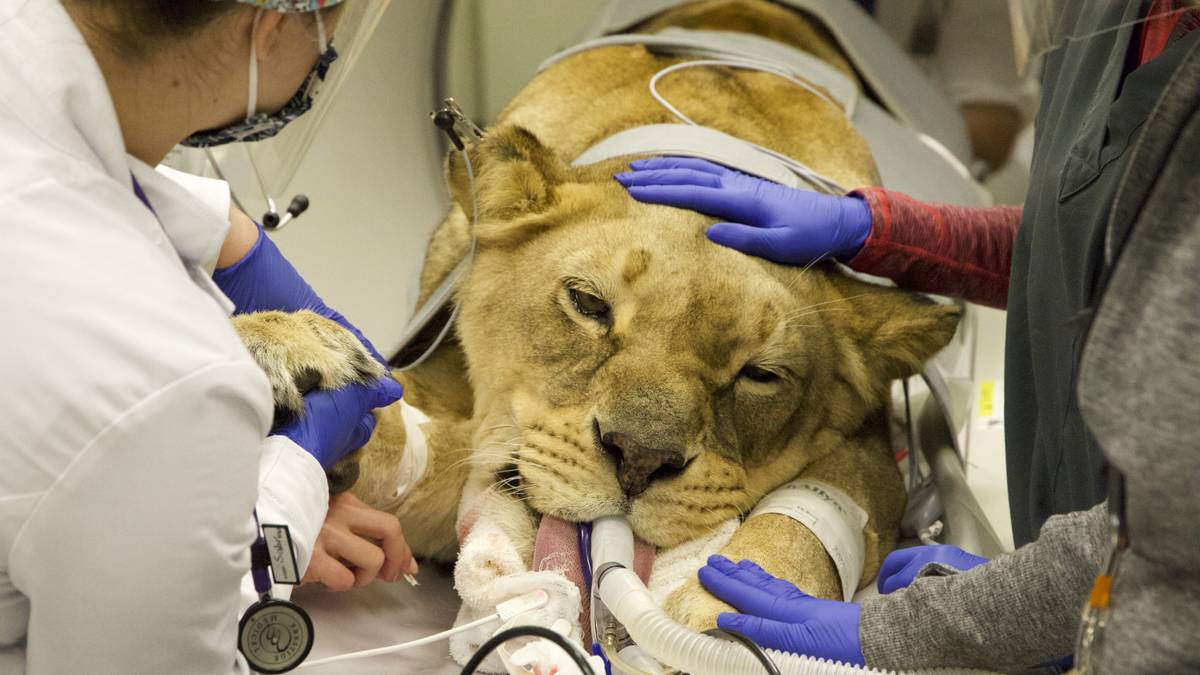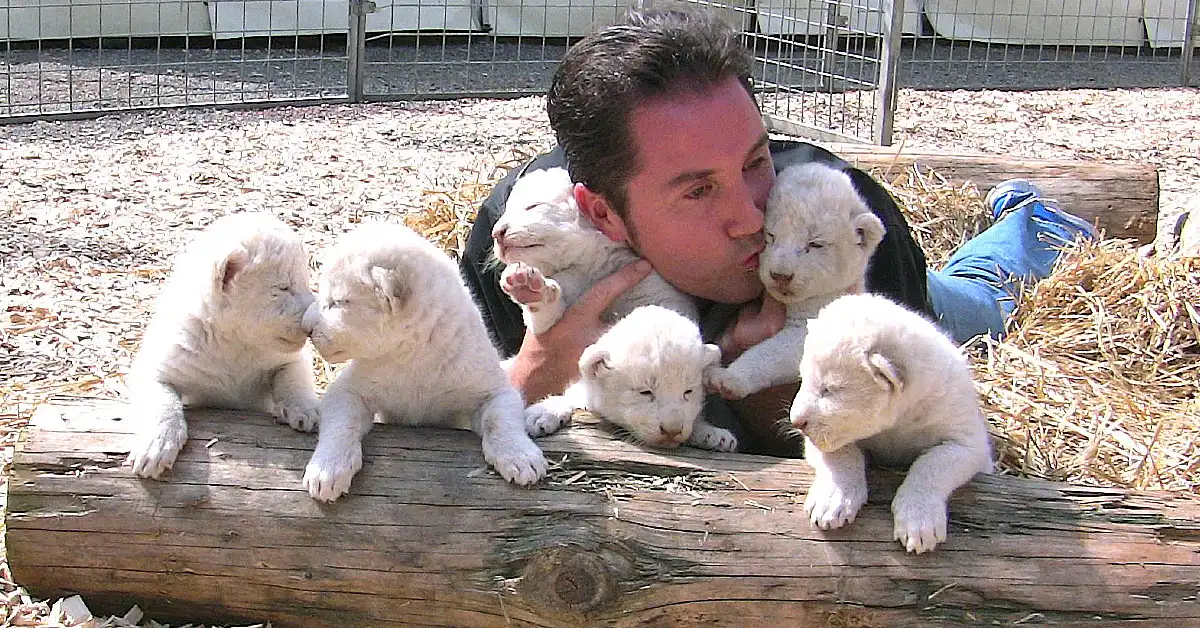With its striking red mask and piercing pale eyes, the upper mandible and red lower mandible of this bird make it look like somewhat of a clown.

Introducing the Chestnut-breasted malkoha! This fascinating bird is a sight to behold with its beautiful chestnut-colored breast. It’s definitely worth taking the time to learn more about this unique species. Let’s dive in!

The chestnut-breasted malkoha is a type of cuckoo that belongs to the Cuculidae family. These birds are typically 42-49 cm long and have a unique appearance thanks to their large curved pale yellow upper mandible and darker red lower mandible. In addition, they have a bare red patch of rough skin surrounding each eye. The head of this bird is grey, while its wings are dark green and fade to blue as the bird ages.

The bird has a chestnut-colored underbelly and rump, with dark grey feet. Both the male and female birds share this feature, but there are slight differences between them. The male bird has a pale blue iris, while the female bird has a yellow one.

This particular type of fauna can only be found in Thailand and Myanmar, and it can also be located in other Southeast Asian countries such as Malaysia, Borneo, Sumatra, Java, Bali Indonesia, and Palawan in the Philippines.

You can spot these feathered friends in a variety of habitats including damp tropical woodlands, mangrove swamps, arid tropical shrublands, regrown areas, countryside gardens, and cultivated land.

The chestnut-breasted malkoha has a particular taste for insects, including caterpillars, grasshoppers, cicadas, beetles, cockroaches, and spiders. They are not picky eaters though, as they also enjoy crabs, lizards, frogs, and even young birds.

In contrast to the common behavior of cuckoos, this particular species takes care of their own offspring and do not harm other birds’ nests. The parents work together to construct a nest that looks like a bowl made of twigs, branches, and leaves. They lay about 2-3 eggs inside and both parents take turns incubating them for approximately 13 days. Once hatched, the chicks are fed and cared for by both parents until they are fully capable of flying on their own after just 11 days.

This particular type of creature has a considerably vast area where it breeds and is said to be quite abundant. There are no indications of any decline or significant dangers, so the population is believed to be steady.

Have a look at this adorable bird featured in the video down below:




